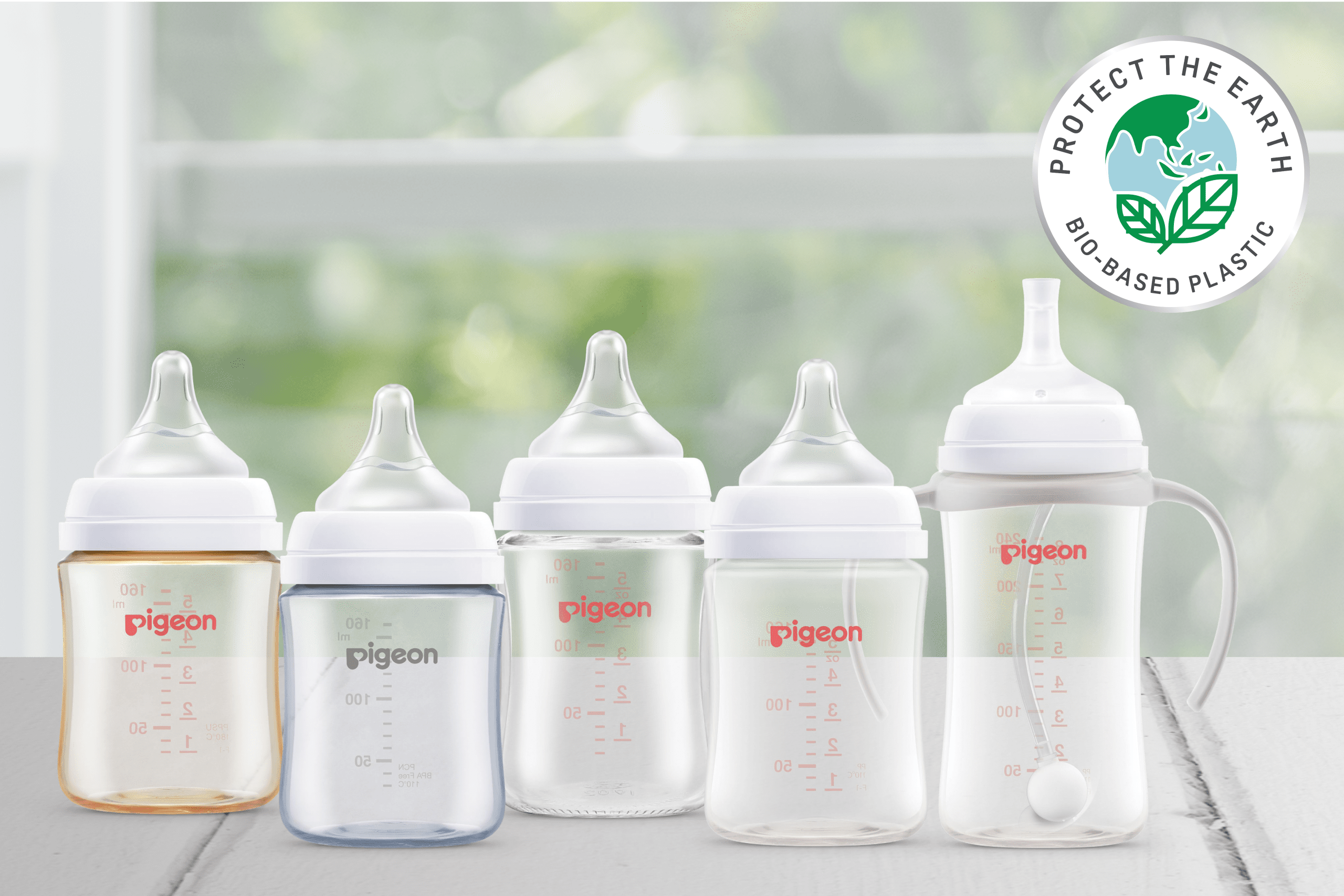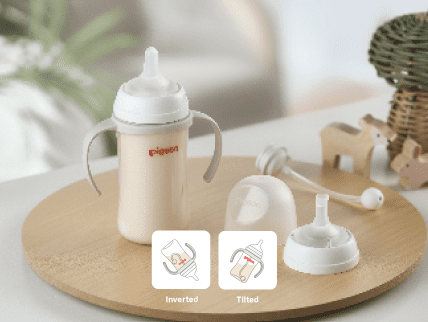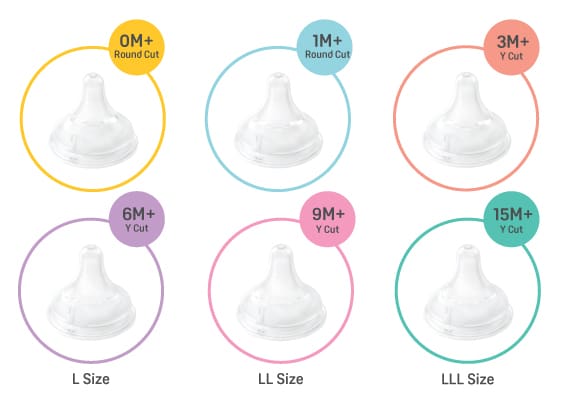Most pregnancies last about 40 weeks, but there are times when your little bundle may arrive way ahead of schedule. Here’s a crash course on what every expectant mum needs to know if you’re going into labour early.
Baby popping earlier than expected? Although a pregnancy usually lasts about 40 weeks, some women may end up delivering their little preemie before the 37-week mark. This is called a preterm or premature labour, and it happens more commonly than you think. In fact, the rate of premature births has been on a rise in recent years according to a report by March of Dimes.
Going into early labour can be a particularly stressful experience, but here’s some useful information to know:
#1 Be aware of the complications
Babies that are born prematurely often encounter a host of health concerns. As their organs have not been fully developed yet, there’s an increased risk of health issues such as breathing difficulties, poor growth and learning delays that may affect a child’s level of intelligence. Premature infants also tend to have a weaker immune system, which makes them more vulnerable to infections.
One of the most common (but usually harmless) conditions that newborns face at premature birth is jaundice, which occurs when a baby’s liver is not mature enough to remove bilirubin from the body, leading to a yellow discolouration of the eyes and skin.
Although the consequences may seem scary – prematurity is the leading cause of newborn death after all – mothers-to-be have little to worry about thanks to modern medical advancements. These days, a short stay in the neonatal intensive care unit (NICU) will be able to nurse even the tiniest of babies back to health in no time!
#2 Recognise the risk factors
While pregnancy-induced complications such as infections, placental abruption and preeclampsia (high blood pressure) can cause the cervix to open earlier than usual, there are other lifestyle factors like smoking, alcohol consumption and extreme stress levels that may lead to early labour. Research also shows that women who are pregnant with multiples or have had a previous premature birth are at a greater risk of preterm labour.
Remember, having one of these risk factors doesn’t necessarily mean that you’ll experience preterm labour – and vice versa. However, you can reduce your chances by recognising the potential risk factors and taking preventive measures to keep your unborn baby as safe as possible.
#3 Antenatal care is important
Even before conceiving, consult an obstetrician specialising in high risk pregnancies so they can point out any risk factors and monitor your condition closely. Besides getting early prenatal care, you can also start making necessary changes to your lifestyle – eat a well-balanced diet, take prenatal supplements if needed, and make time for exercise (with the approval of your doctor, of course).
Weight management is important as well. Putting on too much weight can cause you to develop gestational diabetes, hypertension and other pregnancy complications. But pack on too few and it will increase the odds of a premature birth. To figure out what’s the recommended amount of weight you should gain, your body mass index is a good place to start. Here’s a handy checklist courtesy of Healthhub to keep you on track.
#4 Keep an eye out for warning signs
Knowing the symptoms and seeking treatment early can help to prevent premature labour. One obvious sign is that you may experience regular contractions that come every few minutes, which is similar to the labour pains that occur at full-term. This is not to be confused with Braxton Hicks contractions, which are irregular practice contractions most women feel during the second or third trimester – these are completely normal and simply an indicator of your body preparing for labour.
You may notice a change in vaginal discharge, which can be a watery mucus consistency or a blood-streaked one known as a ‘bloody show’. Fluid leaking from your vagina can also be a sign that your water bag has broken. Other symptoms include a dull back pain, vomiting, diarrhea or increased pelvic pressure.
Be sure to contact your doctor immediately if you experience any of these signs. Medications may be given to stop or hold off the labour, but if the symptoms can’t be managed, the safest option is to undergo a delivery. A natural birth is still possible, unless the fetus has yet to assume the head-down position in the pelvis, which will then call for a c-section.
#5 Plan your preterm labour in advance
In some cases where the expectant mother (or your baby) has a serious health condition such as preeclampsia, you may be required to go for a planned and induced labour as it’s safer for the baby to be delivered at an earlier time. This also allows you to plan ahead and make the most out of your birth experience.
Discuss your preferences with the doctor and make sure to understand all the options available before making a decision.
#6 Care for your preterm baby
Your preemie needs special attention, even when they’re in the NICU. While your newborn is receiving the best possible care, you can do your part by providing comfort through holding, bonding and feeding. Apart from skin-to-skin contact, you can also communicate with your baby by talking to them (they can hear your voice inside the womb!) and making eye contact.
Once they’re mature enough to be nursed, you will be encouraged to breastfeed as it’s the best source of nutrients to fulfil your baby’s vital needs. If your milk supply has yet to be well established, a breast pump may come in handy especially during the first few days after giving birth.
Bonding with a premature baby may take time, but with a little bit of patience and a whole lot of heart, this little one will grow into a strong and healthy child!














